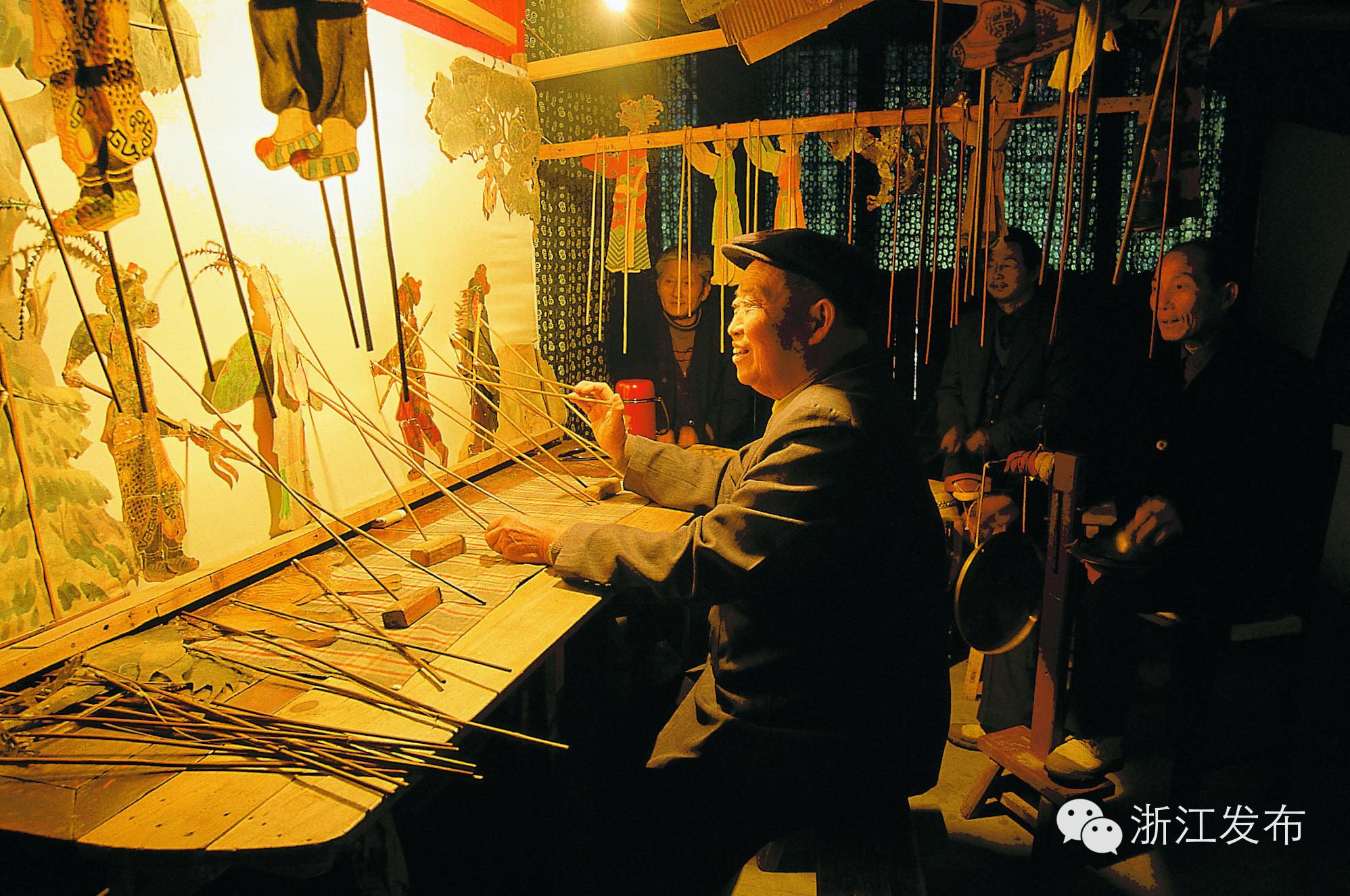Shadow play or shadow puppetry is a folk drama in which players hold human figures that are made of animal hides or paperboards, and reflected on the white curtain through the light, playing stories accompanied by the string and drums music with local-color popular tunes. This kind of art form is very popular in rural areas of Henan, Shanxi, Shaanxi and Gansu provinces etc.
“Píyǐng” is the general name of shadow play and involved characters. And shadow play is a kind of drama in which audiences watch performances of planar silhouettes of human figures projected onto a white screen. The planar silhouettes and other objects are leather goods hand made by folk artists, which is the reason for the name of “píyǐng”. In the past, shadow play was one of the most popular entertainment activities before the birth of movies and televisions.
History
More than 2000 years ago, a favorite concubine of Wu Emperor of the Han Dynasty died of illness; the emperor missed her so much that he lost his desire to reign. A minister called Li Shaoweng made a cotton puppet of the concubine and painted it. As night fell, he invited the emperor to watch a rear-illuminated puppet show behind a curtain. The emperor was delighted and took to it from then on. Recorded in the book titled “The History of the Han Dynasty”, this love story is believed to be the origin of shadow play.
During the Qing Dynasty, Chinese shadow play reached its peak. However, in the end of Qing, some regional governments banned the performance of shadow play, and even arrested puppeteers in fear of the crowd mobbing in public.
After 1949, existing theatres and performers around the country returned to the stage again. And from 1955 onwards, there had been a number of national and provincial shadow play shows, and puppeteers went abroad for cultural and artistic exchange. Nevertheless, in the “Cultural Revolution”, shadow play was subjected to the adversity of “Posijiu” (elimination of four stereotypes) and suffered a lot.
Schools
Since shadow play enjoys a wide popularity in China, different schools have been gradually established in various regions during its long-term evolution. For example, the shadow play in Sichuan, Hubei, Hunan, Beijing, Tangshan, Shandong, Shanxi, Qinghai, Ningxia, Shaanxi and so on. The musical style and rhythm in different regions have maintained the essence of local opera, folk song and music system. As a result, a variety of distinctive schools came into being, such as shadow puppetry of Mianyang, Tangshan, Xiaoyi, Fuzhou, Haining, Lufeng etc.
DilemmaofInheritance
The status quo of shadow play around China currently presents little optimism due to the aged puppeteers, decreasing audience, shrinking markets etc. Moreover, such limitations of traditional shadow play as great producing difficulty, high demand on technology, time-consuming process and impracticality of mass production are all obstacles to its development.

